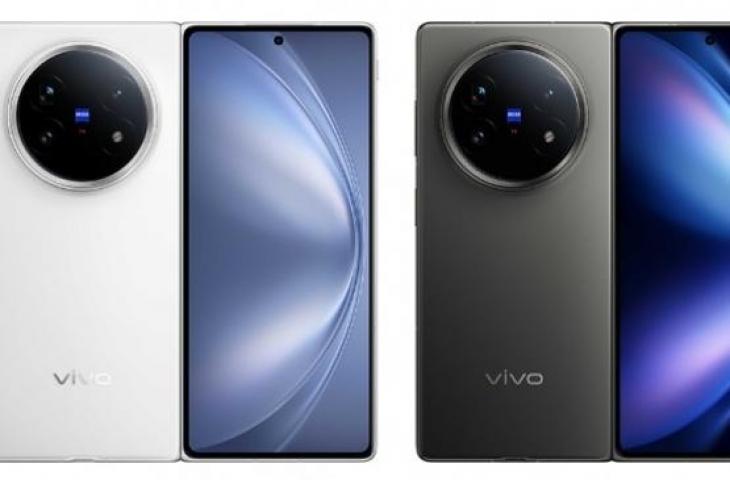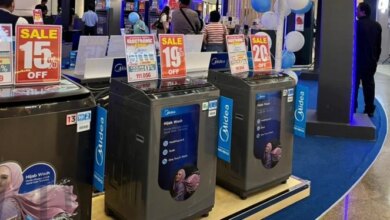
The premium foldable smartphone market is entering a new era of intense competition. Instead of competing solely on screen size or hinge durability, manufacturers now focus on weight and battery life, which matter most to everyday users.
Leading brands like Huawei, Vivo, HONOR, and OPPO are racing to create the lightest and longest-lasting foldable phones. This shift highlights a critical user experience factor beyond just design and specifications.
The Weight and Battery Paradox
A key engineering breakthrough in 2025 is defying old assumptions. Traditionally, larger batteries meant heavier and thicker phones. However, foldable phone makers have broken this rule by delivering sizable batteries in lightweight bodies.
This leap forward addresses major consumer pain points from the early foldable generation—namely, bulky feel and poor battery endurance. It signals a turning point in foldable smartphone usability.
Vivo X Fold5: The Champion of the New Battlefield
Vivo’s X Fold5 emerges as the champion in this battery-weight duel. Weighing just 226 grams, it is the lightest among 8-inch class foldables. Despite this, it packs a massive 6,000 mAh battery, the largest capacity in its segment.
This combination of lightness with extreme battery life makes the Vivo X Fold5 an exceptional choice for those seeking portability without sacrificing power. It proves that convenience and endurance can go hand-in-hand in foldables.
Strong Contenders in Lightweight and Power
Other notable competitors also demonstrate compelling balances of weight and battery:
-
OPPO Find N5 Fold ($1,840): Weighs 229 grams with an 8.12-inch display and 5,600 mAh battery. Equipped with the powerful Snapdragon 8 Elite chipset.
-
HONOR Magic V3 ($1,640): Mid-weight at 230 grams and a 5,150 mAh battery. Praised for its comfortable feel despite a moderately sized battery.
-
Vivo X Fold3 Pro ($1,770): The heaviest at 236 grams but compensates with a robust 5,700 mAh battery and advanced camera setup including a 64 MP periscope telephoto lens.
- Huawei Mate X6 ($1,640): Slightly heavier at 239 grams, battery capacity is 5,110 mAh. Stands out with a comprehensive quad-camera system.
User Comfort Triumphs
This "weight and battery" battle is ultimately a win for consumers. It reflects how manufacturers now seriously address two big complaints from early foldable adopters: cumbersome weight and inefficient battery life.
Choosing a foldable smartphone today is no longer about compromising on either screen size or portability. Instead, it’s about discovering the perfect harmony between a large, immersive display and practical daily comfort.
As foldables continue to evolve around these priorities, the competition will likely drive further innovation in lightweight materials and battery technology. This will benefit users who demand convenience and endurance without settling for less.





